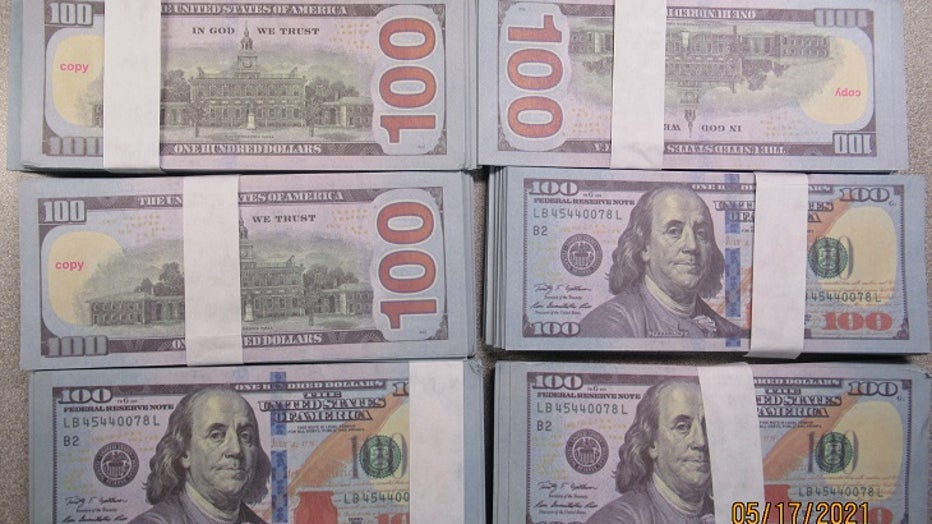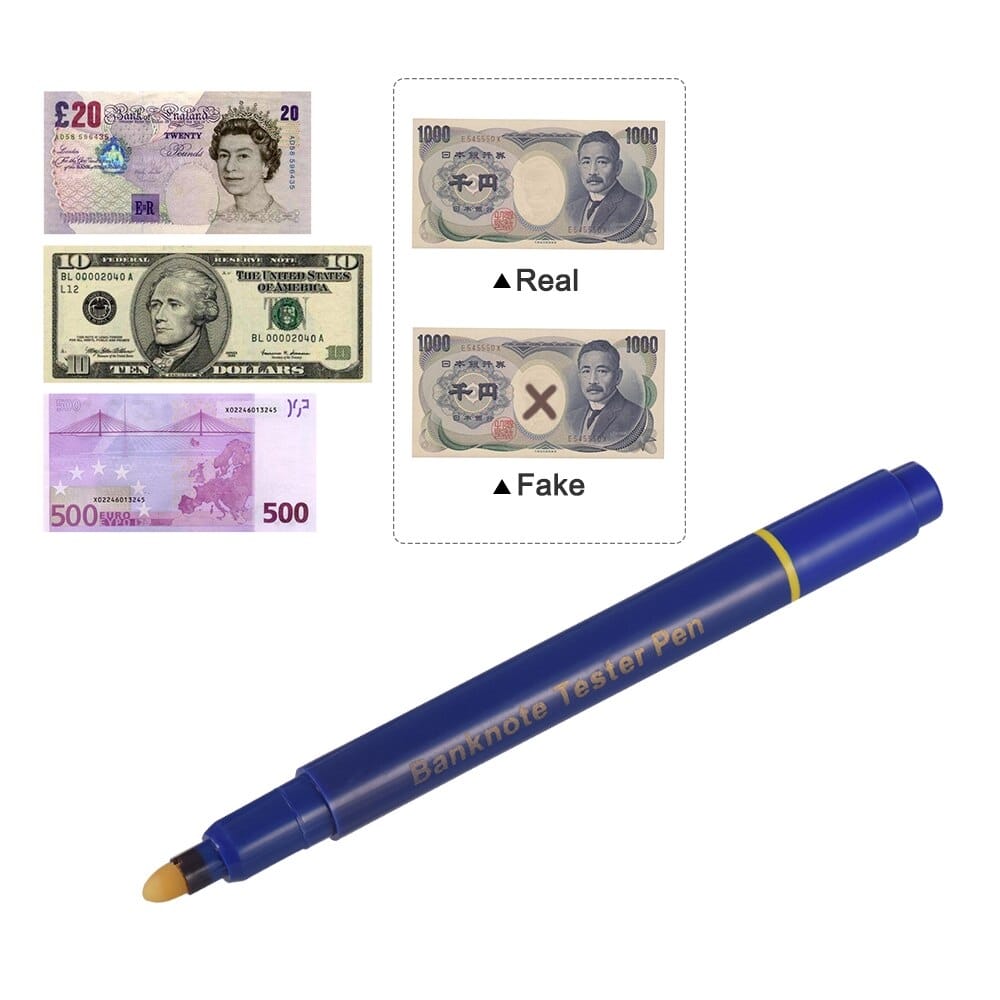Introduction Of Money
Counterfeit Money poses a significant threat to economies and individuals alike. It’s crucial to know how to identify fake money to protect yourself and your financial well-being. Counterfeiters are getting increasingly sophisticated, making it more challenging to distinguish genuine currency from fake bills. In this comprehensive guide, we’ll explore various methods and security features that can help you determine if money is fake. By the end of this article, you’ll be better equipped to protect yourself from counterfeit currency.
1. Feel the Texture

A key characteristic of genuine currency is the unique texture of the paper. Most nations use special paper with a distinctive feel to prevent counterfeiting. To check for counterfeit money, run your fingers over the surface. Genuine currency should have a slightly raised texture, making it different from regular printer paper. Counterfeit bills often feel smoother, thinner, or just off in some way.
2. Watermarks and Security Threads
Many modern banknotes include watermarks and security threads. Watermarks are recognizable images or designs that become visible when you hold the bill up to the light. The watermark should be crisp and clear on genuine currency. On the other hand, counterfeit money may lack a watermark entirely or have a blurry one.
Security threads are thin, embedded strips that run vertically through the banknote. These threads typically feature text or patterns that are visible when held up to the light. Counterfeit bills often lack this security feature, or the thread may appear as a solid line without the characteristic details of a genuine bill.
3. Color-Shifting Ink
/cloudfront-us-east-1.images.arcpublishing.com/gray/HWXF5QDJS5DYBPHCX6AEKPDVBE.jpg)
Some modern banknotes incorporate ink that changes color when you tilt the bill. Tilt the bill back and forth to observe this effect. Genuine money will have ink that shifts from one color to another, while counterfeit money typically lacks this feature.
4. Microprinting
Genuine banknotes often feature tiny, intricate text that is difficult to replicate with precision. To check for microprinting, use a magnifying glass to examine different areas of the bill. Counterfeit money often falls short in replicating these intricate details.
5. Ultraviolet (UV) Features

Ultraviolet (UV) light can reveal security features that are invisible under normal light. This is a powerful tool for detecting counterfeit money. Under UV light, genuine banknotes may reveal UV-responsive ink and patterns. Counterfeit bills usually lack these features, making them easily distinguishable under UV light.
6. Holograms and Foil
Some currencies incorporate holograms or foil stripes that change their appearance when you tilt the bill. These holograms or foils are challenging for counterfeiters to reproduce accurately. Counterfeit versions might not include these features, or if they do, they may look different from the real thing.
7. Portrait Clarity

The portrait of a notable figure on a genuine banknote should be sharp, clear, and detailed. Counterfeit bills often have blurry or low-quality portraits, as replicating these details is a complex task.
8. Raised Printing
Certain genuine banknotes have raised printing that can be felt by running your fingers over the printed areas. This feature adds an extra layer of security. Counterfeit money, in contrast, is often flat and lacks this tactile element.
9. Compare with a Genuine Bill
One of the simplest and most effective ways to identify counterfeit money is to have a genuine bill of the same denomination for comparison. By comparing the suspect bill to a real one, you can spot any noticeable differences in size, color, and security features.
10. Use Counterfeit Detection Pens

Counterfeit detection pens contain special ink that changes color when applied to genuine currency. This ink remains the same on counterfeit money. While these pens are not foolproof and may not detect high-quality counterfeits, they can be a quick and handy tool for initial screening.
Conclusion
Counterfeit money remains a persistent problem, but with vigilance and the knowledge of key security features, you can protect yourself from falling victim to counterfeit currency. Learning how to tell if money is fake is essential for both individuals and businesses. By following the methods outlined in this comprehensive guide, you can enhance your ability to recognize counterfeit money and play a part in safeguarding your financial well-being and the broader economy. Remember that if you suspect a bill is counterfeit, you should not attempt to use it or pass it on to others. Instead, report it to the authorities or your bank, as possessing or passing counterfeit money is illegal and subject to penalties. Stay informed, stay vigilant, and protect yourself from counterfeit currency.

